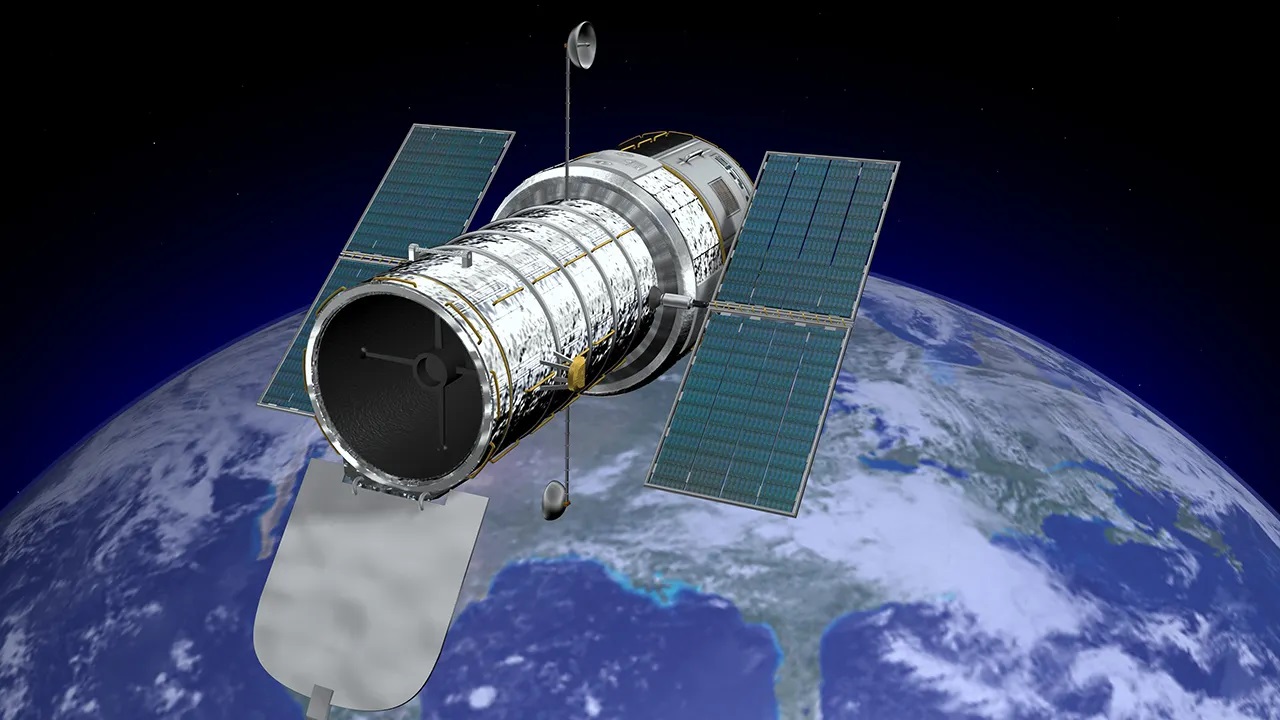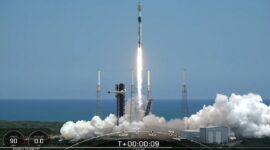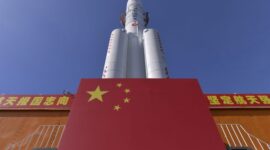July 3, 2025, in a groundbreaking astronomical revelation, NASA’s Hubble Space Telescope has captured unprecedented details of a stellar nursery nestled within the Taurus Molecular Cloud (TMC), one of the closest and most active star-forming regions to Earth. The discovery, announced at 10:00 AM EDT on July 3, 2025, from NASA’s Goddard Space Flight Center in Greenbelt, Maryland, provides an extraordinary glimpse into the turbulent processes of star birth. Located roughly 450 light-years away in the constellation Taurus, this dense cosmic cloud is a hotbed of stellar creation, where infant stars emerge from swirling gas and dust.
Unveiling the Secrets of Star Formation
The newly observed stellar nursery, designated TMC-1N, is a dynamic region where gravity pulls together vast amounts of molecular hydrogen, triggering the birth of new stars. Hubble’s advanced Wide Field Camera 3 (WFC3) and Ultraviolet Imaging Spectrograph (UVIS) pierced through the obscuring dust, revealing glowing filaments of gas illuminated by young, energetic stars. Among the most striking features are Herbig-Haro objects—luminous shockwaves formed when newborn stars eject material at high speeds, colliding with surrounding gas.
Dr. Elena Rodriguez, an astrophysicist at the Space Telescope Science Institute, explained, “What we’re seeing is essentially a cosmic maternity ward. Some of these protostars are only a few hundred thousand years old—mere infants in astronomical terms.” The images show multiple protostellar disks, where planets may one day form, as well as massive jets of ionized gas stretching light-years across the nebula.
Why the Taurus Molecular Cloud?
The TMC has long fascinated astronomers due to its proximity and richness in molecular gas. Unlike more violent star-forming regions like the Orion Nebula, the TMC offers a quieter environment, allowing scientists to study star birth without excessive interference from massive stellar explosions. Hubble’s latest data reveals that TMC-1N contains dozens of young stellar objects (YSOs) in various stages of evolution, from deeply embedded protostars to those nearing the T Tauri phase, where they begin nuclear fusion.
A Legacy of Discovery
This finding builds on decades of Hubble’s contributions to star formation research. In 1995, Hubble’s iconic Pillars of Creation image in the Eagle Nebula revolutionized our understanding of stellar nurseries. Now, thirty years later, Hubble continues to deliver cutting-edge science, even as newer telescopes like the James Webb Space Telescope (JWST) expand infrared observations.
Dr. Michael Chen, a lead researcher on the project, noted, “Hubble’s ultraviolet and visible-light capabilities are unmatched for studying the ionization fronts and shock structures in these regions. Combined with JWST’s infrared vision, we’re entering a golden age of star formation research.”
Future Exploration and Public Engagement
NASA has already scheduled follow-up observations using JWST to probe deeper into the TMC’s coldest, dust-shrouded regions. Additionally, the European Space Agency’s Euclid telescope will map the cloud’s large-scale structure, helping astronomers understand how such nurseries influence galaxy evolution.
To celebrate the discovery, NASA released a 3D visualization of the stellar nursery, allowing the public to “fly through” the nebula in an immersive experience. The agency also announced a citizen science initiative, inviting amateur astronomers to help classify newly detected protostars in Hubble’s archives.
This discovery not only deepens our knowledge of how stars—and ultimately, planetary systems—are born but also highlights Hubble’s enduring role in space exploration. As Dr. Rodriguez remarked, “Every time we look deeper into these clouds, we find something unexpected. The universe is constantly rewriting the story of its own creation.”
With future missions poised to explore even further, the Taurus Molecular Cloud remains a key laboratory for unlocking the mysteries of star birth, bringing us closer to answering one of astronomy’s oldest questions: How did we get here?




